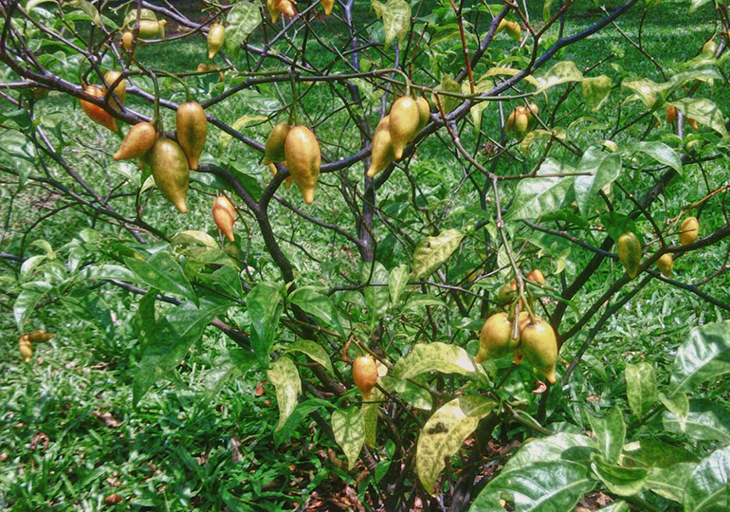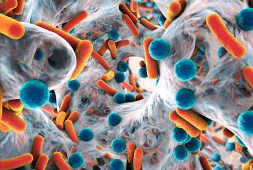
When it comes to treatment, doctors and specialists often resort to medicine. Now, new studies have emerged that help can come from a plant.
Two novel medications with roots in a traditional African psychedelic plant medicine have emerged as potential treatments for addiction and depression.
For centuries, Ibogaine, derived from Tabernanthe iboga—a shrub native to West Africa’s Congo and Angola—has been employed in shamanistic rituals, exhibiting hallucinogenic properties, appetite and fatigue suppression, and even aphrodisiac effects. However, the use of Ibogaine carries significant risks, as it can be lethal, and even smaller doses can lead to heart issues.
Researchers at the University of California, San Francisco (UCSF), have now formulated two innovative drug candidates, drawing inspiration from the pharmacological properties of ibogaine. These drugs hold promise for addressing addiction and depression.
The “addiction” aspect is particularly noteworthy due to the alarming rates of opioid pain medication addiction in the United States. Over the past few decades, the sales of these drugs have tripled, resulting in a corresponding surge in overdose-related fatalities.
There is serious interest in the US to look further into ibogaine as form of treatment when it comes to reversing opioid withdrawal symptoms, as one observational study saw that it “was associated with substantive effects on opioid withdrawal symptoms and drug use in subjects for whom other treatments had been unsuccessful.”
The team at UCSF drew inspiration from the fascinating impact of ibogaine on the serotonin transporter (SERT). Recognizing the potential therapeutic value of this mechanism, they embarked on an ambitious endeavor to screen an extensive library of over 200 million chemical compounds. Their aim was to identify and isolate compounds that could replicate ibogaine’s remarkable effect on the serotonin transporter.
The process of screening involved subjecting each compound to rigorous testing, evaluating their ability to interact with and modulate the SERT. By simulating and analyzing the interactions between these chemical compounds and the transporter, the team sought to identify molecules that could exhibit a similar impact to ibogaine.
This extensive screening process allowed the researchers to uncover a select group of compounds that demonstrated promising SERT-modulating properties. These compounds showed the potential to influence serotonin signaling in a manner akin to ibogaine, suggesting a possible avenue for developing novel therapeutic interventions.
The discovery of these compounds not only deepened our understanding of the intricate workings of the serotonin transporter but also paved the way for further investigation and development. Building upon this foundation, future research endeavors could focus on optimizing these compounds, fine-tuning their properties, and exploring their potential clinical applications.
This remarkable feat accomplished by the UCSF team not only showcases the power of innovative research but also underscores the significance of drawing inspiration from nature’s own wonders. By harnessing the remarkable impact of ibogaine on the serotonin transporter, this groundbreaking study has set the stage for potential breakthroughs in psychiatric and neurological therapies, offering new hope for patients worldwide.
“Our compounds mimic just one of ibogaine’s many pharmacological effects, and still replicate its most desirable effects on behavior, at least in mice,” lead-author Dr. Brian Shoichet said.
This wasn’t the first time the drug was tested. During the 19th and 20th centuries, medical professionals in Europe and America conducted experiments on ibogaine to explore its potential for treating various ailments. However, despite these efforts, the drug did not receive widespread acceptance and was eventually outlawed in many countries.
Dr. Shoichet has shed light on one of the challenges associated with ibogaine, namely its interference with multiple aspects of human biology. Nonetheless, he suggests that reducing the dosage by 200 times could offer potential benefits to patients.
In an effort to facilitate further research and to finally see its benefits, Dr. Shoichet has shared the molecular structures of two new compounds with Sigma Aldrich, a chemical manufacturing company. His aim is to make these compounds available for testing by other scientists, while he continues his search for more precise molecules that may one day provide hope.



